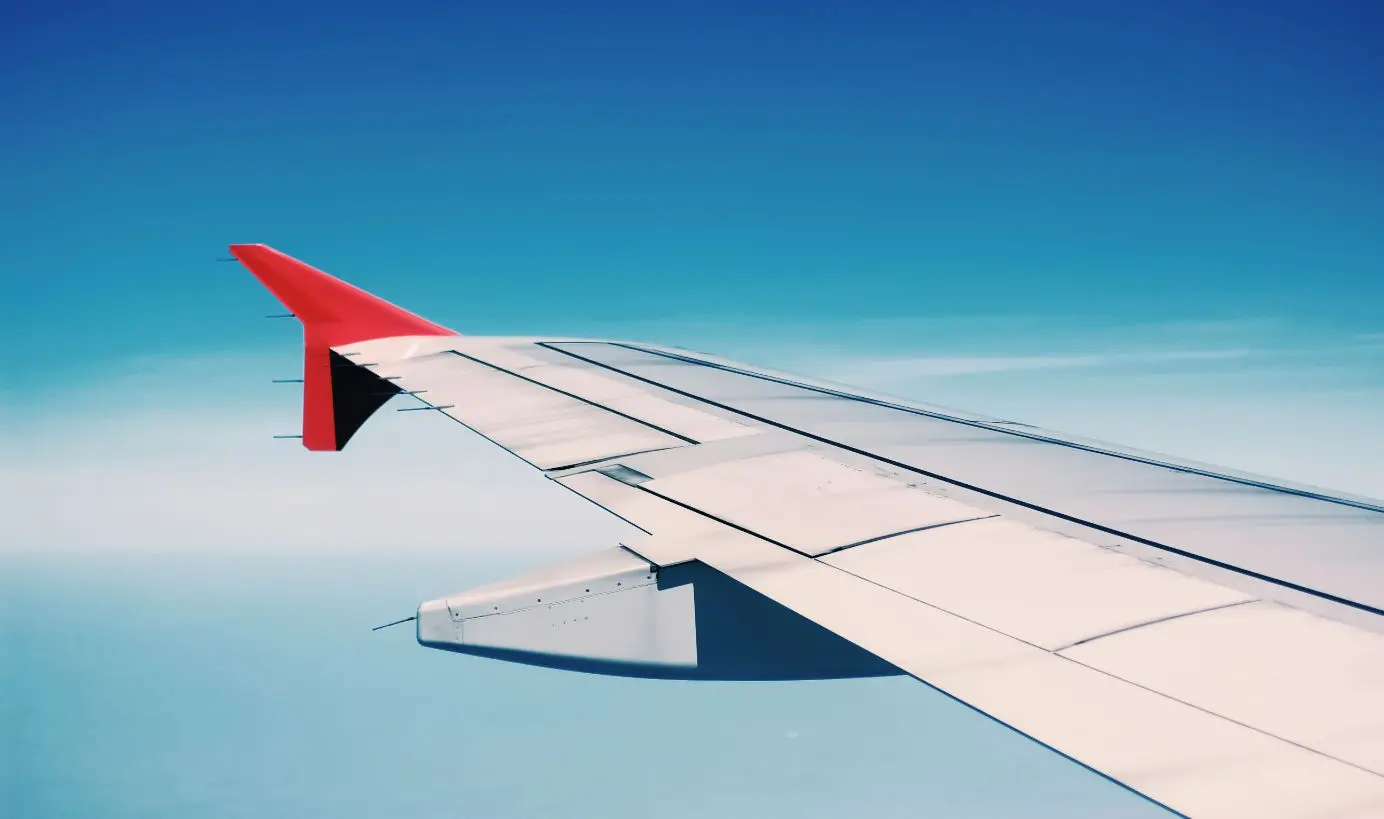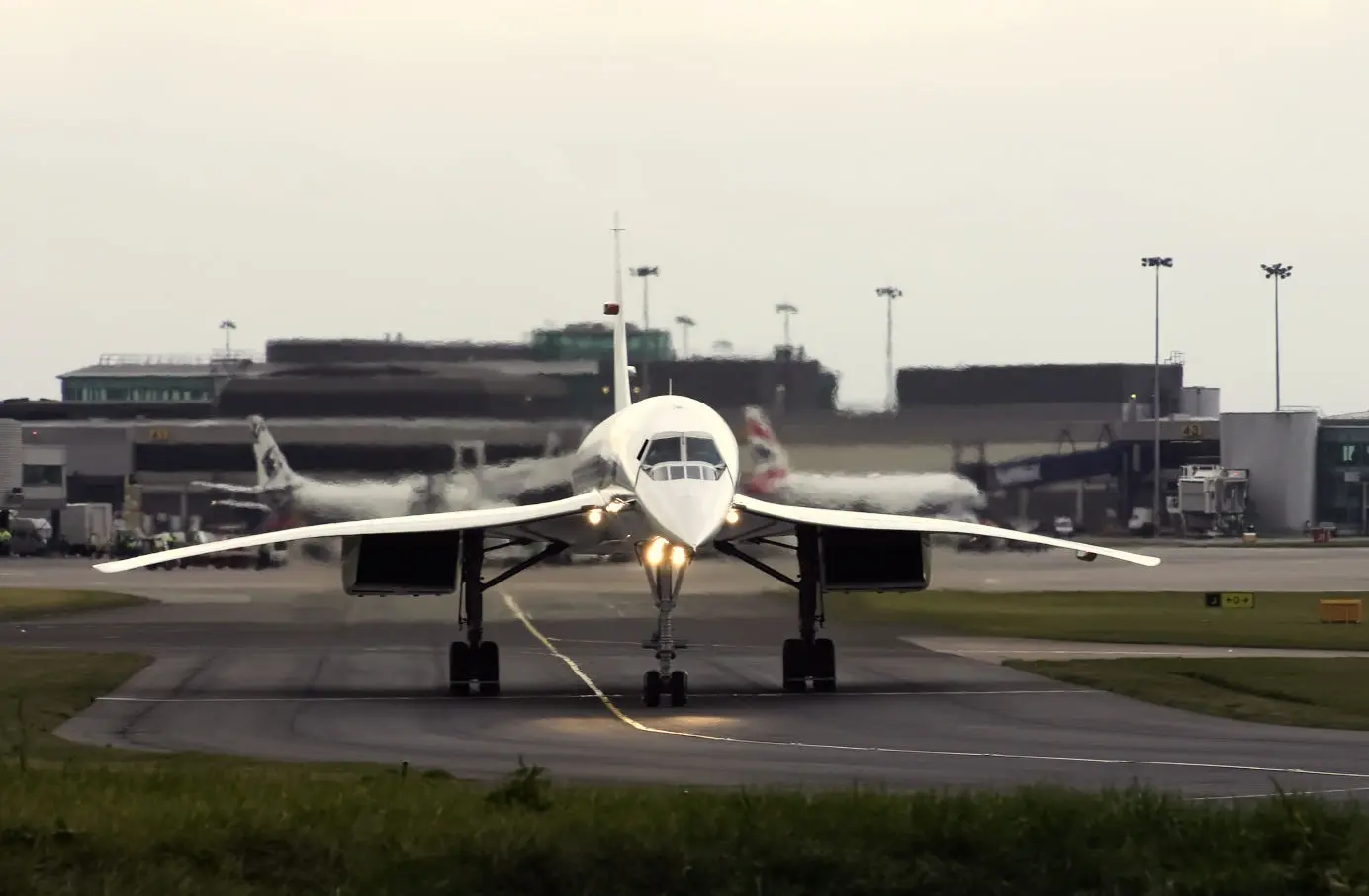
How Much Did Tickets on the Concorde Cost?
Discover how much it would cost for a ticket on the Concorde and what you would get for the price tag.
Table of Contents
The Concorde was a revolutionary commercial aircraft that offered an exclusive experience to anyone who could afford a ticket. So, how much did tickets on the Concorde cost?
The price for a ticket on board the Concorde would vary depending upon the passenger's route and choice of airline. However, for the privilege of crossing the Atlantic Ocean in less than 3 hours, as well as gourmet meals served on board, the average return ticket price was $12,000.
Keep reading to learn more about the Concorde, what it was like on board, and how much tickets would cost today.
About the Concorde
The Concorde was created as a joint effort between Britain and France during the 1960s. Instead of focusing on the space race like the USA and the Soviet Union, the two countries had their sights a bit closer to Earth. The result was a commercial aircraft capable of sustained supersonic flight: the first of its kind.
Named after the union and teamwork of both countries (although there was a bit of an argument when it came to the letter "e" at the end), Concorde airplanes operated under British Airways and Air France. Concorde flights were also shortly run by two other airlines (Singapore Airlines and Braniff International) on short-term leases during the aircraft's lifetime.
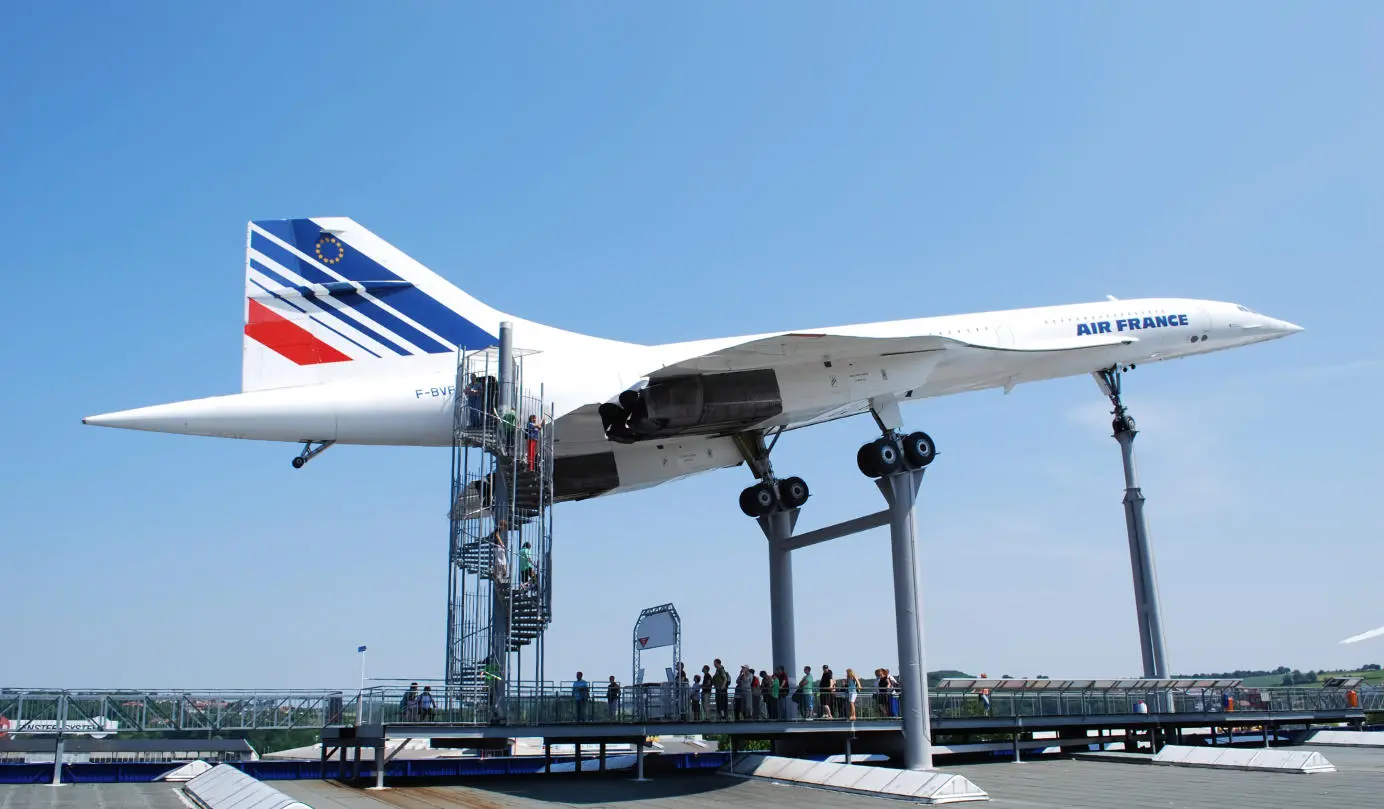
The Concorde could reach Mach 2 (about 1,350 mph), two times faster than the sound speed, and outpaced the Earth's rotation. The first flight occurred on March 2nd, 1969, and the first commercial voyage was between London and Bahrain on January 21st, 1976. Her final commercial flight was on October 24th, 2003, from JFK airport in the USA to London Heathrow.
The British-French consortium that developed the aircraft built twenty Concordes in total. Fourteen of them were Concordes used for passenger transport. The remaining six were development models and prototypes. There are currently just 18 Concorders in existence. Many of them are on display at museums around the world.
What Was It Like on Board the Concorde?
Passengers on board Concorde flights were given 5-star treatment. Although the seating was cramped compared to some first-class seats and suites on aircraft today, the lack of legroom was counterbalanced by the sheer speed the plane could reach, meaning a cross-Atlantic flight would take almost less than half the time of a conventional flight even now.
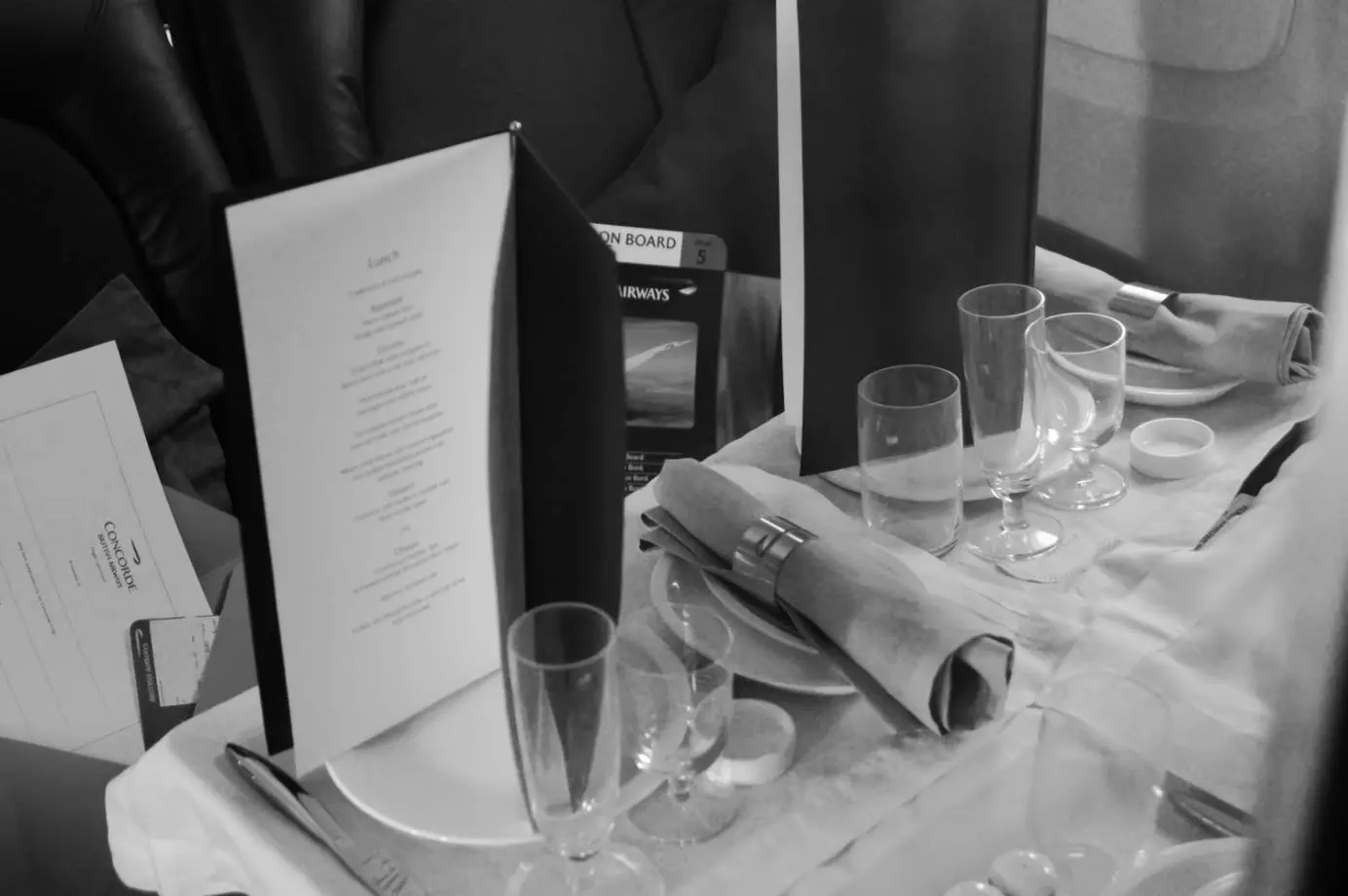
Customers would have access to an exclusive lounge before takeoff, and in-flight attendants would see to their every need. Passengers could enjoy champagne, caviar, and three-course meals worthy of five-star restaurants, although usually, by the time flight attendants would serve dessert, it was time for the descent.
Ticket Prices Over the Years
Early Travel Prices
For the price that passengers were paying, it was good that they were treated like royalty on the flight.
Tickets for Concorde in 1977, just a year after its first commercial flight, from London Heathrow to Washington Dulles cost £431. However, it is worth noting that this is only one way so the total spend would have been £862 for one person on a round trip. In today's money, that would amount to £4,862, or $5,855.
Later Flights
A couple of decades later, the price skyrocketed. In the 1990s, a one-way ticket would have set travelers back over $6,000. This price was more than most people would ever be willing to pay for an airline ticket.
As a result (along with other reasons), the number of seats filled on Concorde flights began to drop. Rumors said that at one point, half of the passengers on every flight were upgraded from other services, got the tickets as a freebie, or were British Airways or Air France employees who were given substantial discounts.
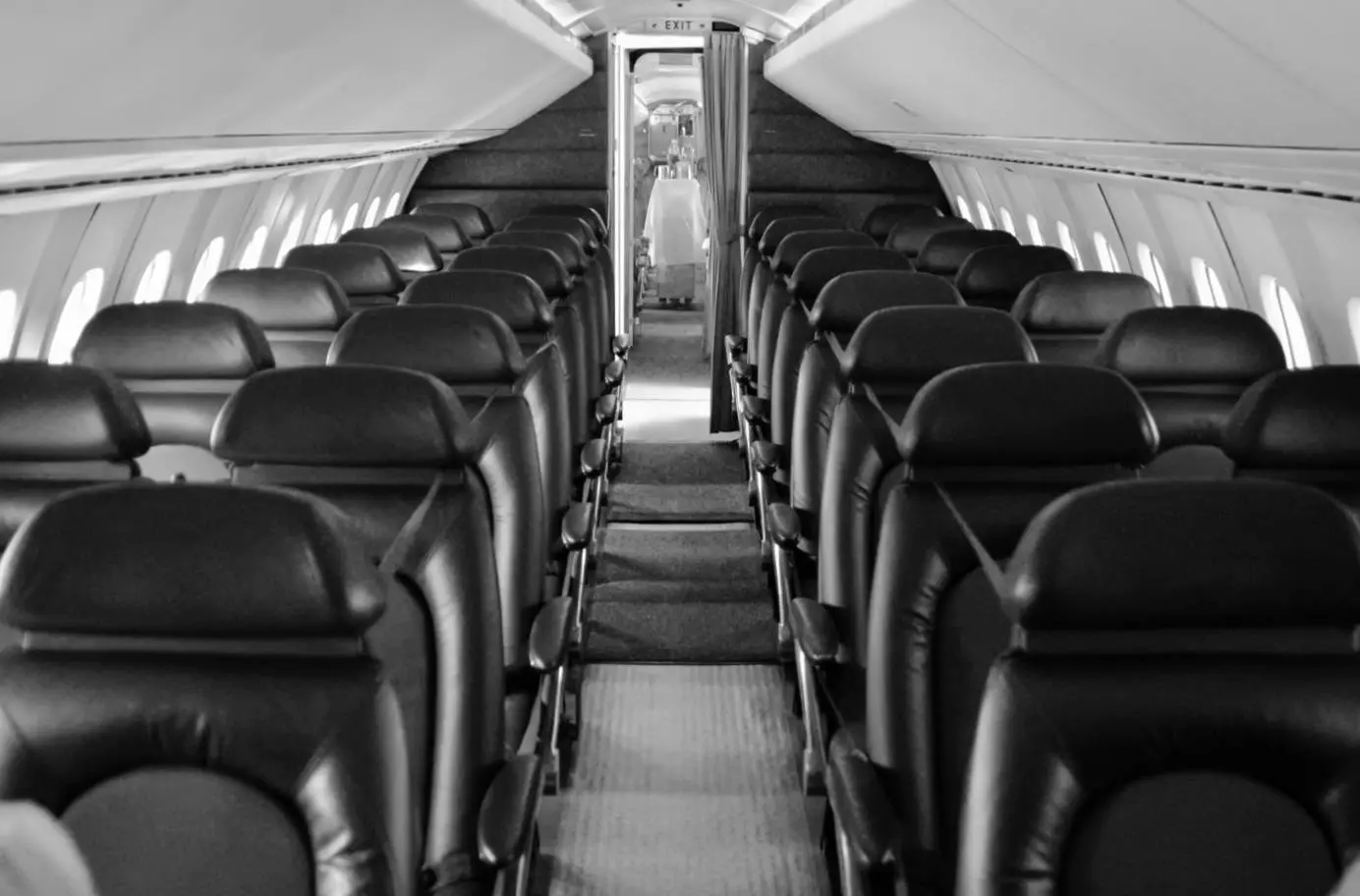
Over time, Concorde was just too expensive to run, and customer numbers continued to fall, especially after the catastrophic crash of Air France Flight 4590 in July 2000. This was the only crash in the 31-year history of the plane to that point. However, it would prove to be one of the final nails in the coffin of the Concorde.
The Concorde's Final Journey
Although it would have cost most people a small fortune to fly by Concorde in its heyday, tickets on the final flights for each airplane were priceless.
For example, Air France Flight 4386, the last commercial cross-Atlantic flight by the airline on June 21st, 2003, had a passenger list of some of aviation's finest names and other dignitaries.
The 60 persons on board included ex-Presidents of Air France, ex-Concorde pilots, and even famed cellist Mstislav Rostropovich, who not only shelled out for Concorde seats for himself but also his cello on every flight.
Eventually, this plane, G-BOAF, would find its home in the Aerospace Bristol aerospace museum near Filton, UK, and many other retired Concordes found similar homes. Instead of hitting Mach 2 54,000 feet in the air, these fantastic supersonic machines now sit stationary as exhibits of aviation history. If there is any silver lining, it is that a museum ticket costs significantly less.
Also read:
Planenerd Newsletter
Join the newsletter to receive the latest updates in your inbox.


